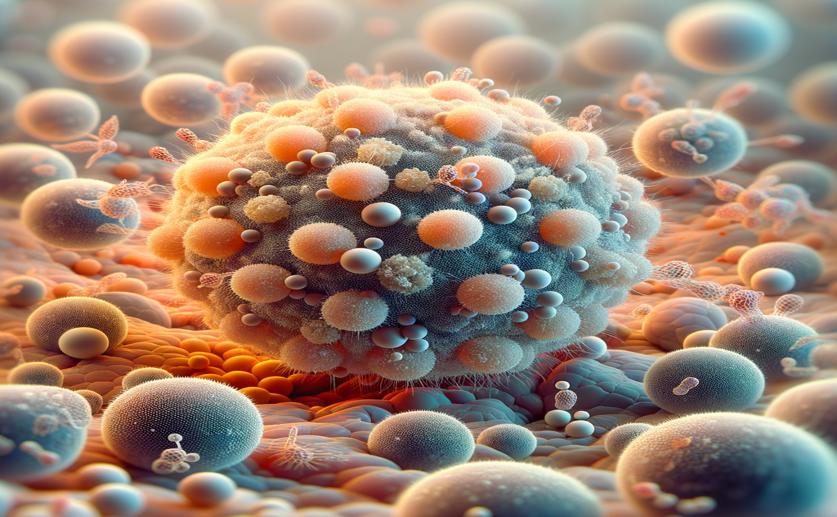
Enhanced Nanoparticles Effective Against Drug-Resistant Yeast Infections
Greg Howard
20th July, 2024

Image Source: Natural Science News, 2024
Key Findings
- The study by the National Research Centre explored using chitinase immobilized on UiO-66 nanoparticles to combat the yeast Candida auris
- Immobilizing chitinase on UiO-66 nanoparticles significantly enhanced the enzyme's activity and stability
- The antifungal activity of the immobilized chitinase was much higher against C. auris compared to the free enzyme, showing a promising alternative to conventional treatments
References
Main Study
1) Chitinase-functionalized UiO-66 framework nanoparticles active against multidrug-resistant Candida Auris
Published 20th July, 2024
https://doi.org/10.1186/s12866-024-03414-1
Related Studies
2) Chitinase-producing bacteria and their role in biocontrol.
3) Chitin and chitosan remodeling defines vegetative development and Trichoderma biocontrol.



 2nd May, 2024 | Jim Crocker
2nd May, 2024 | Jim Crocker